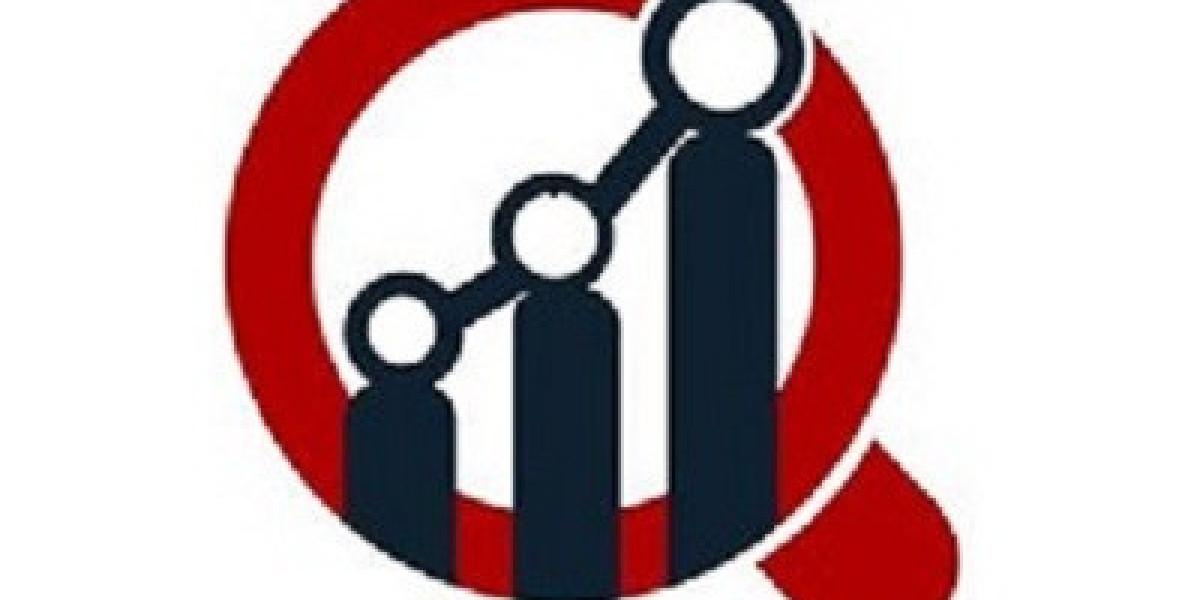Crossword puzzles are drawn puzzles that are usually in the shape of a square or rectangle. The puzzle is filled with black and white squares. The goal of a crossword puzzle is to fill the white boxes with the answers to a series of questions. Most crosswords include numbers in the white squares so the player can match each question with a specific answer location. The shaded squares are used to separate the answers. The answers that go into the white boxes are written across and down, with separate clues for each direction. The answers will interlock with one another, so correctly answering one question will give you one or more letters that make up part of a different answer. Once you have correctly completed all of the answers, you have "beaten" the puzzle. Some crossword puzzles are quite difficult and completing them is an achievement you can be proud of! If you become a crossword master, you can even start working on The NYTimes Crossword Puzzle, which is fiendishly difficult.
How To Play
Understanding crossword clues
The biggest challenge you will face when completing a crossword puzzle is interpreting what the clues mean and then finding the correct answers. Clues can be expressed in different ways, so a crossword novice may struggle to understand the clue means or what they are meant to answer. The most common clue types include:
- Straight clues (Quick clues)
A straight clue is a word or very short phrase that immediately makes you think of several potential answers. You must match one of those potential answers to the space that is available in the crossword. Most crosswords published in the United States and the UK use straight clues. Straight clues are often:
• Synonyms: The puzzle will give you a word or phrase and you must think of a synonym that fills the location.
• Fill in the blank: Some clues will use a blank space, which is filled in with a word. These clues are usually very easy to solve but might give you multiple potential answers that can fit the puzzle. You may have to use the letter count and intersection letters to determine the correct answer.
• Questions: Some straight clues are a single word with a question mark on the end. Generally, the answer is one of the first words that you think of.
• Colloquial answers: Some crossword puzzles will ask you to translate a phrase to a colloquial term.
• Abbreviations: Some clues might have abbreviated answers.
• Non-dictionary phrases: Some crosswords will use non-dictionary phrases as answers.
chunmin89
2 Blog posts



